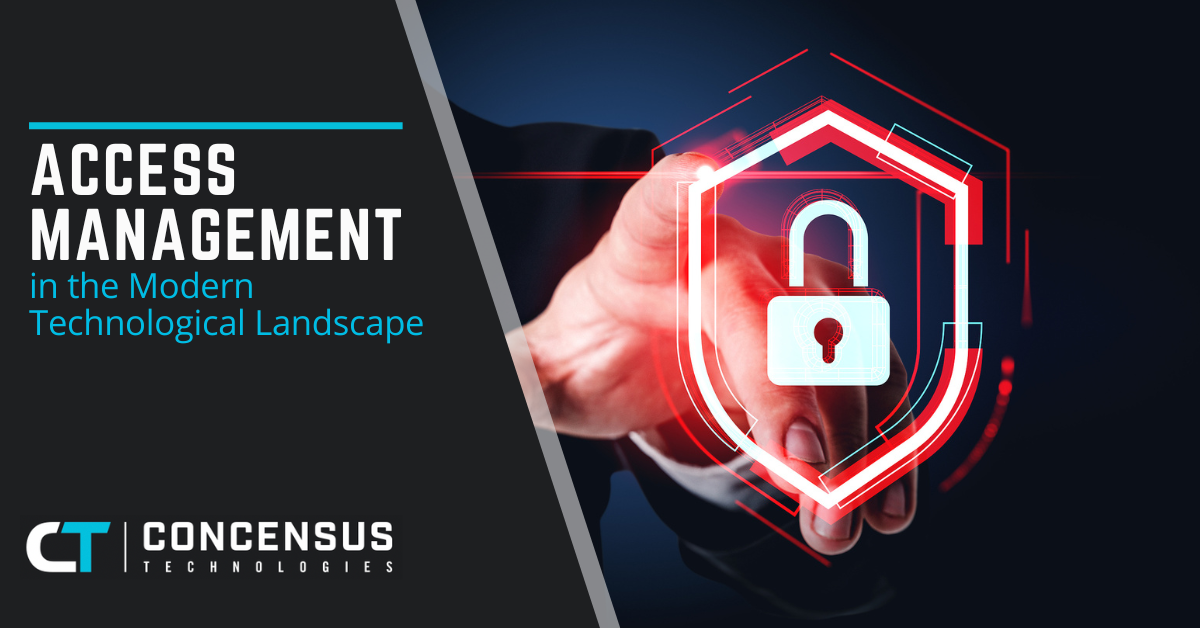
Access Management in the Modern Technological Landscape
| December 15, 2023In an age where digital ecosystems reign supreme, and technological advancements propel us forward at an unprecedented pace, the significance of access management cannot be overstated.
It serves as the linchpin in the realm of cybersecurity, safeguarding digital assets and sensitive information. This extensive article aims to provide an in-depth understanding of access management, unraveling its intricacies, exploring the challenges faced, and delving into best practices that pave the way for a secure digital future.
The Crucial Role of Access Management
Access management, also known as identity and access management (IAM), is the comprehensive set of processes, policies, and technologies that ensure the right individuals have the appropriate access to digital resources. From user authentication to authorization and beyond, it constitutes the foundation upon which digital security stands.
Authentication: Gateway to the Digital Realm
At the forefront of access management lies the critical process of authentication. Traditionally reliant on passwords, contemporary approaches emphasize multifactor authentication to fortify the verification process. Biometric authentication, an avant-garde method leveraging unique biological traits like fingerprints and facial recognition, exemplifies the cutting edge of user identity validation.
Authorization: Navigating the Permissions Landscape
Once a user’s identity is verified, the next frontier is authorization. This involves granting specific permissions based on predefined roles or attributes. Striking the right balance between providing enough access for functionality and restricting unnecessary permissions is a perpetual challenge.
Challenges in Access Management: A Balancing Act
The implementation of effective access management is not without its challenges. Organizations grapple with finding the delicate equilibrium between stringent security measures and maintaining a seamless user experience.
Balancing Act: Security vs. Usability
The perennial challenge lies in harmonizing robust security protocols with user-friendly experiences. While complex authentication processes enhance security, they may, at times, lead to user frustration and non-compliance.
Insider Threats: A Nuanced Perspective
The specter of insider threats looms large in the access management landscape. Whether through intentional malfeasance or unintentional negligence, employees can inadvertently compromise sensitive information. Implementing stringent access controls and monitoring mechanisms becomes imperative to mitigate this multifaceted risk.
Best Practices: Navigating the Access Management Landscape
Effectively navigating the digital frontier demands the implementation of best practices that align with evolving cybersecurity standards. Here, we explore strategies that organizations can adopt to fortify their access management frameworks.
Role-Based Access Control (RBAC): Streamlining Access Hierarchies
Role-Based Access Control (RBAC) is a cornerstone practice that streamlines access by assigning permissions based on users’ roles within an organization. This not only reduces the risk of unauthorized access but also simplifies the management of user permissions at scale.
Regular Audits and Monitoring: Vigilance in Action
Ensuring the integrity of access controls requires regular audits and monitoring. Real-time scrutiny of user activities enables the prompt detection of anomalies, enhancing the overall security posture. Proactive measures, coupled with robust monitoring tools, form a formidable defense against potential threats.
Continuous Training and Awareness: Empowering Users
A well-informed user base acts as a powerful line of defense. Continuous training and awareness programs educate users about potential threats, phishing attempts, and the importance of secure access practices. This proactive approach creates a culture of cybersecurity consciousness within the organization.
The Future of Access Management: Adaptive and Context-Aware
As technology continues its relentless march forward, the landscape of access management evolves in tandem. Emerging trends indicate a shift towards more adaptive and context-aware authentication methods.
Adaptive Authentication: Intelligence in Action
Adaptive authentication represents the next frontier, leveraging contextual information such as location, device characteristics, and user behavior to dynamically adjust the level of authentication required. This intelligent approach enhances security without compromising user experience, adapting to the ever-changing threat landscape.
Empowering the Digital Journey with Concensus Technologies
In the dynamic and ever-evolving realm of access management, the need for a robust and adaptive approach has never been greater. At Concensus Technologies, we recognize the complexities of the digital frontier and are committed to empowering your digital journey. Our cutting-edge access management solutions are tailored to your unique needs, providing a secure foundation for your digital endeavors.As we collectively navigate the vast landscape of the digital age, access management stands as a beacon of security, ensuring that organizations and individuals can embrace the boundless opportunities with confidence. For personalized consultations on enhancing the security of your digital assets, contact us today.

